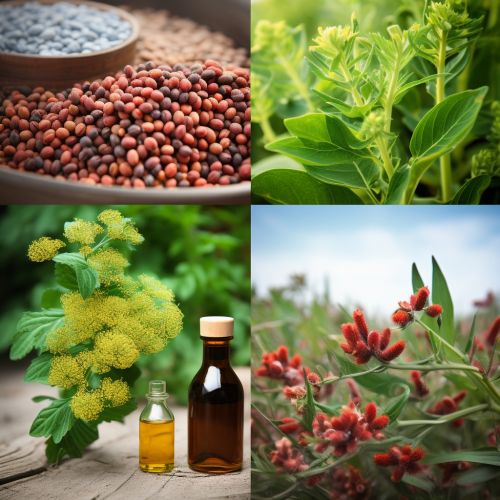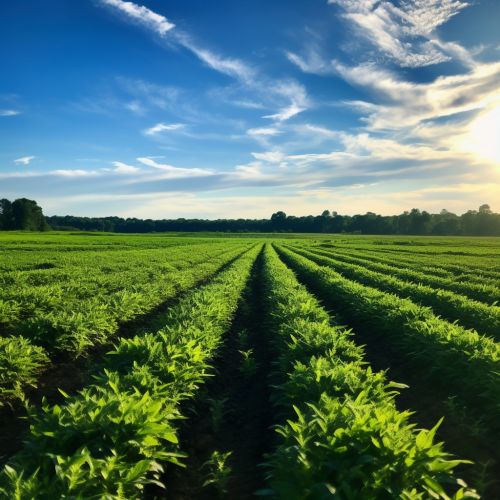The Biological Mechanisms of Plant Allelopathy
Introduction
Allelopathy is a biological phenomenon that involves the influence of one plant on the growth and development of other plants in its vicinity through the production and release of chemical substances. These substances, known as allelochemicals, can have either beneficial (positive allelopathy) or detrimental (negative allelopathy) effects on the target organisms. The concept of allelopathy has been recognized since ancient times, but the term itself was first introduced in the 1930s by the Austrian scientist Hans Molisch. Since then, the study of allelopathy has become an important branch of ecology, botany, and agriculture.


Allelochemicals: The Chemical Agents of Allelopathy
Allelochemicals are secondary metabolites produced by plants, which are not necessary for the plant's immediate survival, but which often promote the plant's fitness by affecting the growth and development of neighboring plants. These chemicals can be released into the environment through various mechanisms, including volatilization, root exudation, leaching, and decomposition of plant residues.
The types of allelochemicals can be broadly classified into four categories: terpenoids, phenolics, alkaloids, and flavonoids. Terpenoids, also known as isoprenoids, are a large and diverse class of organic compounds produced by a variety of plants. Phenolics are a class of chemical compounds consisting of a hydroxyl group (-OH) directly attached to an aromatic hydrocarbon group. Alkaloids are a group of naturally occurring chemical compounds that mostly contain basic nitrogen atoms. Flavonoids are a class of plant secondary metabolites.


Mechanisms of Allelochemical Release
The release of allelochemicals into the environment can occur through several mechanisms. These include:
- Volatilization: Some allelochemicals can be released into the atmosphere in the form of volatile organic compounds (VOCs). This process is often temperature-dependent, with higher temperatures facilitating greater volatilization.
- Root Exudation: Allelochemicals can also be released into the soil through the roots of the plant. This process is known as root exudation and is believed to be the primary mechanism through which allelochemicals are released.
- Leaching: Rainfall and irrigation can cause allelochemicals to be leached from plant tissues into the soil.
- Decomposition: The decomposition of plant residues, such as fallen leaves or dead roots, can also result in the release of allelochemicals into the soil.


Effects of Allelochemicals on Plant Processes
Allelochemicals can affect a wide range of physiological and biochemical processes in plants. These effects can be either direct or indirect.
- Direct Effects: Allelochemicals can directly inhibit the growth and development of plants by interfering with various physiological processes. For example, they can inhibit seed germination, root growth, and shoot growth. They can also disrupt the process of photosynthesis, affect nutrient uptake, and interfere with the synthesis of proteins and nucleic acids.
- Indirect Effects: Allelochemicals can also have indirect effects on plants by altering the soil environment. For example, they can change the pH of the soil, affect the availability of nutrients, and influence the composition of the soil microbial community.


Ecological and Agricultural Significance of Allelopathy
Allelopathy has significant implications in both natural and agricultural ecosystems. In natural ecosystems, allelopathy can influence the structure and composition of plant communities, affect biodiversity, and play a role in plant invasion and succession. In agricultural systems, allelopathy can be both a problem and a potential tool. On the one hand, allelopathy can contribute to the problem of weed control. On the other hand, the allelopathic properties of certain crops can be harnessed for sustainable weed management.


Conclusion
In conclusion, plant allelopathy is a complex and fascinating phenomenon that involves a wide range of biological and chemical processes. The study of allelopathy not only enhances our understanding of plant interactions and ecosystem dynamics, but also has practical applications in agriculture and environmental management.
